There are many ways to reduce consumption without sacrificing comfort. From smart thermostat settings to regular central air system maintenance, even small adjustments can cut cooling costs by up to 30%.
And, as you know, as summer heat approaches, cooling your home efficiently becomes a top priority, especially when energy bills start to rise. According to the U.S. Energy Information Administration, air conditioning accounts for about 12% of the average U.S. home's energy use, and even more in hotter regions.
In this article, you’ll learn how to improve your central air system’s energy-saving performance using proven techniques that don’t require expensive upgrades.
We’ll explore:
- Understanding central air system efficiency
- Practical energy efficiency tips for cooling season
- Home improvements for long-term energy savings
- Additional summer energy saving tips for home cooling
Good reading!
Understanding central air system efficiency
Central air conditioning systems provide comfort during hot weather, but they can use a lot of electricity. Knowing how these systems work and what affects their performance can help you make smart choices to lower your cooling costs.
How central air conditioners consume energy
Central air conditioners typically account for about 12% of a home's total energy use. These systems run on electricity and work by pulling warm air from your home, cooling it over refrigerant-filled coils, and circulating the cooled air through ducts.
The compressor uses the most energy, followed by the fans that move air through the system. When your AC runs, the compressor cycles on and works hard to reach your desired temperature.
The compressor uses the most energy, followed by the fans that move air through the system. When your AC runs, the compressor cycles on and works hard to reach your desired temperature.
A standard central air unit uses between 3,000–5,000 watts per hour while running. For perspective, running your AC for 8 hours might cost $2.50–$5.00 depending on your local electricity rates.
Modern, high-efficiency models with SEER ratings of 16 or higher can reduce this consumption by 20–50% compared to older units. To better understand the energy output and how it translates into real-world performance, explore this guide to central air energy efficiency.
Factors impacting cooling efficiency
Home insulation plays a crucial role in AC efficiency. Poor insulation forces your system to work harder and run longer.
Thermostat settings directly affect energy use. Each degree below 78°F increases energy consumption by approximately 3–4%.
Home insulation plays a crucial role in AC efficiency. Poor insulation forces your system to work harder and run longer.
Thermostat settings directly affect energy use. Each degree below 78°F increases energy consumption by approximately 3–4%.
System size matters greatly. An oversized unit will cycle on and off frequently, using more energy and failing to remove humidity effectively. Undersized units run constantly but never fully cool your home.
Maintenance affects performance significantly. Dirty filters can reduce efficiency by 5–15%, while neglected coils and components can decrease efficiency by up to 30%.
Local climate determines how hard your system works. Homes in regions with high humidity require more energy for cooling than dry climate areas.
Common causes of high summer energy bills
Outdated equipment is often the biggest culprit. Air conditioners older than 10 years typically have SEER ratings below 10, making them much less efficient than modern alternatives.
Duct leakage can waste 20–30% of your cooling energy. When cooled air escapes through leaks, your system must work harder to maintain comfort.
Improper use raises costs unnecessarily. Leaving doors and windows open, setting temperatures too low, or running the system when no one is home wastes energy.
Lack of shade around your outdoor unit forces it to work harder. Units exposed to direct sunlight can use up to 10% more energy than those in shaded areas.
Competing heat sources like ovens, dryers, and electronics generate heat that your AC must counter. Being mindful of these activities during peak heat can reduce cooling needs.
Practical energy efficiency tips for cooling season
Saving energy during hot weather doesn't require major lifestyle changes. Simple adjustments to how you operate and maintain your cooling system can lead to significant savings on your energy bills while keeping your home comfortable.
Optimize thermostat settings
Setting your thermostat to the right temperature is one of the easiest ways to reduce energy consumption. For every degree you raise your thermostat above 72°F, you can save approximately 3–5% on cooling costs. We recommend setting your thermostat to 78°F when you're home and awake for optimal energy efficiency.
Smart thermostats make energy saving even easier:
- Program higher temperatures while you're away or sleeping
- Control settings remotely via smartphone
- Some models learn your schedule automatically
- Many utility companies offer rebates for installing smart thermostats
During cooler mornings and evenings, consider turning off your air conditioning completely and opening windows to let in fresh air. This natural cooling method costs nothing and gives your system a break.
Maintain and replace air filters regularly
Dirty air filters force your HVAC system to work harder, increasing energy consumption and potentially causing damage. Clean or replace your air filters every 1–3 months during cooling season.
Benefits of clean air filters:
- Improved airflow throughout your home
- Reduced strain on your cooling system
- Lower energy bills
- Better indoor air quality
- Extended equipment life
For homes with pets or allergies, consider using high-efficiency filters and replacing them more frequently. Mark filter changes on your calendar or set reminders on your phone so you don't forget this simple but crucial central air system maintenance task.
If you're unsure which type of filter is best for your system, this overview of central air system services may help you make an informed choice.
Improve airflow and use ceiling fans
Ceiling fans use significantly less electricity than air conditioners while creating a wind-chill effect that makes you feel cooler. When used in conjunction with your AC, ceiling fans allow you to raise your thermostat setting by up to 4°F without reducing comfort.
Tips for maximizing airflow:
- Ensure ceiling fans rotate counterclockwise in summer
- Keep air vents open and unobstructed
- Remove dust from vents and fan blades regularly
- Close blinds or curtains during the hottest parts of the day
Remember to turn fans off when leaving a room. Fans cool people, not spaces, so running them in empty rooms wastes energy. Strategic fan placement near windows can also help pull in cooler evening air and push out hot air.
Schedule professional HVAC system maintenance
Annual professional maintenance before cooling season begins ensures your system operates at peak efficiency. Professional technicians can identify and fix minor issues before they become major problems.
During a typical maintenance visit, technicians will:
- Check refrigerant levels
- Clean coils and components
- Inspect electrical connections
- Test thermostat operation
- Lubricate moving parts
Many HVAC companies offer central air system services that include priority scheduling and discounts on repairs. The small investment in regular maintenance typically pays for itself through energy savings and avoided emergency repair costs.
We also recommend clearing debris from around your outdoor condenser unit and trimming back any vegetation to maintain proper airflow. These simple steps help your system operate efficiently all summer long.
Home improvements for long-term energy savings
Making strategic upgrades to your home can significantly reduce cooling costs year after year. These investments pay for themselves over time through lower energy bills and increased comfort.
Insulation and sealing upgrades
Proper insulation is one of the most effective ways to improve energy efficiency. Check your attic insulation first—many homes have insufficient coverage in this critical area. We recommend R-30 to R-60 insulation levels for most attics, depending on your climate zone.
Don't forget about wall insulation. Older homes often have inadequate insulation in exterior walls, allowing cool air to escape. Professional blow-in insulation can solve this problem without major renovations.
Sealing air leaks is equally important. Use caulk around windows, doors, and any gaps where pipes or wires enter your home. Weather-stripping for doors creates a tighter seal and prevents cool air from escaping.
Duct sealing is crucial too. Leaky ducts can waste 20–30% of your cooling energy. Have a professional test and seal your ductwork for maximum central air system energy-saving performance.
Energy audits: identifying savings opportunities
A professional energy audit provides a comprehensive assessment of your home's energy efficiency. Auditors use specialized tools like blower doors and infrared cameras to detect air leaks and insulation gaps invisible to the naked eye.
Most audits include a blower door test to measure overall air leakage, infrared thermal imaging to locate poorly insulated areas, ductwork evaluation to check for leaks, and an appliance efficiency assessment to review electricity consumption. Homeowners also receive detailed recommendations with return-on-investment estimates for each suggested improvement.
Many utility companies offer free or discounted energy audits. These assessments typically uncover multiple energy-saving opportunities that are often overlooked. For a clear overview of how to prepare for an efficient setup, check out this step-by-step guide to central air conditioning system installation.
The best part? Energy audits help prioritize improvements by cost-effectiveness, allowing you to focus on the most impactful changes first and maximize the return on your home energy upgrades.
Install window coverings and window film
Windows can be major sources of heat gain in summer. Effective window treatments can reduce this dramatically:
Interior options include cellular or honeycomb shades that trap air for insulation, thermal curtains or drapes that block heat transfer, and reflective blinds that bounce sunlight away from your living space.
Window films offer an excellent solution for existing windows. These thin, clear films block 70–80% of solar heat, reduce glare, protect furniture from UV damage, and maintain visibility and natural light.
For maximum effect, focus on south- and west-facing windows that receive direct sunlight during the hottest parts of the day. These typically allow the most heat gain throughout summer.
To better understand how these adjustments enhance whole-home performance, review this complete guide on what a central air conditioning system is and how window insulation plays a supporting role.
Upgrade to energy-efficient lighting and appliances
Lighting generates heat. Replacing old bulbs with LEDs reduces cooling costs two ways: LEDs use 75% less energy than incandescent bulbs and produce significantly less heat while operating.
When replacing appliances, look for the ENERGY STAR label. Energy-efficient refrigerators use about half the electricity of older models. This matters because refrigerators run constantly and contribute to indoor heat.
Consider your cooking habits too. Microwaves use 70–80% less energy than conventional ovens and generate less heat. Using small appliances instead of your oven during summer keeps your kitchen cooler.
Ceiling fans complement your cooling system by creating a wind-chill effect. This allows you to raise your thermostat 4°F without sacrificing comfort, saving 6–8% on cooling costs for each degree adjusted.
Additional summer energy saving tips for home cooling
Beyond optimizing your central air system, there are several additional strategies to keep your home cool while reducing energy consumption. These approaches focus on smart usage patterns, minimizing heat generation, and leveraging technology to maximize efficiency.
Smart usage of appliances during peak hours
Running major appliances during peak hours can drive up energy bills significantly. Try operating your dishwasher, washing machine, and dryer during early morning or late evening when electricity demand is lower. Many utility companies offer time-of-use plans with reduced rates during off-peak hours.
Use microwave ovens instead of conventional ovens when possible. They use about 70% less energy and generate less heat in your home.
Consider air-drying clothes rather than using the dryer. This saves energy and prevents additional heat from circulating in your home.
Unplug electronics when not in use. Even in standby mode, they generate heat and consume electricity. Use power strips to make this task easier.
Reducing heat sources indoors
Indoor heat sources can force your cooling system to work harder. Replace incandescent bulbs with LEDs, which produce 90% less heat while using less electricity.
Cook outdoors when possible. Using your grill instead of the oven keeps heat outside where it belongs.
Use bathroom and kitchen exhaust fans to remove heat and humidity generated from showers and cooking. Just remember to turn them off after about 20 minutes to avoid removing already-cooled air.
Close curtains or blinds on sun-facing windows during the day. Light-colored, thermal-lined curtains work best for reflecting heat away from your home.
Consider adding window films that block solar heat without obstructing views. These can reduce heat gain by up to 70%.
Leveraging modern technology for energy savings
Smart thermostats offer significant energy savings with minimal effort. They learn your schedule and preferences, adjusting temperatures automatically for optimal efficiency.
Consider installing ceiling fans with smart controls. When used properly, they can make a room feel up to 4°F cooler while using far less energy than air conditioning.
Use smartphone apps that track your energy usage in real-time. Many utility companies offer these tools to help you identify consumption patterns and savings opportunities.
Energy monitoring systems can identify which appliances use the most electricity. This information helps you make informed decisions about replacements or usage changes.
Smart window coverings can be programmed to close during the hottest parts of the day, even when you're away from home.
Conclusion
Improving your central air system energy-saving performance doesn't require a full system upgrade. With a combination of smart thermostat usage, regular maintenance, airflow optimization, and strategic home improvements, you can significantly reduce your energy bills while staying comfortable all summer long.
Whether you're updating your thermostat, sealing ducts, or simply changing filters more regularly, each action contributes to greater efficiency, comfort, and savings throughout the cooling season.

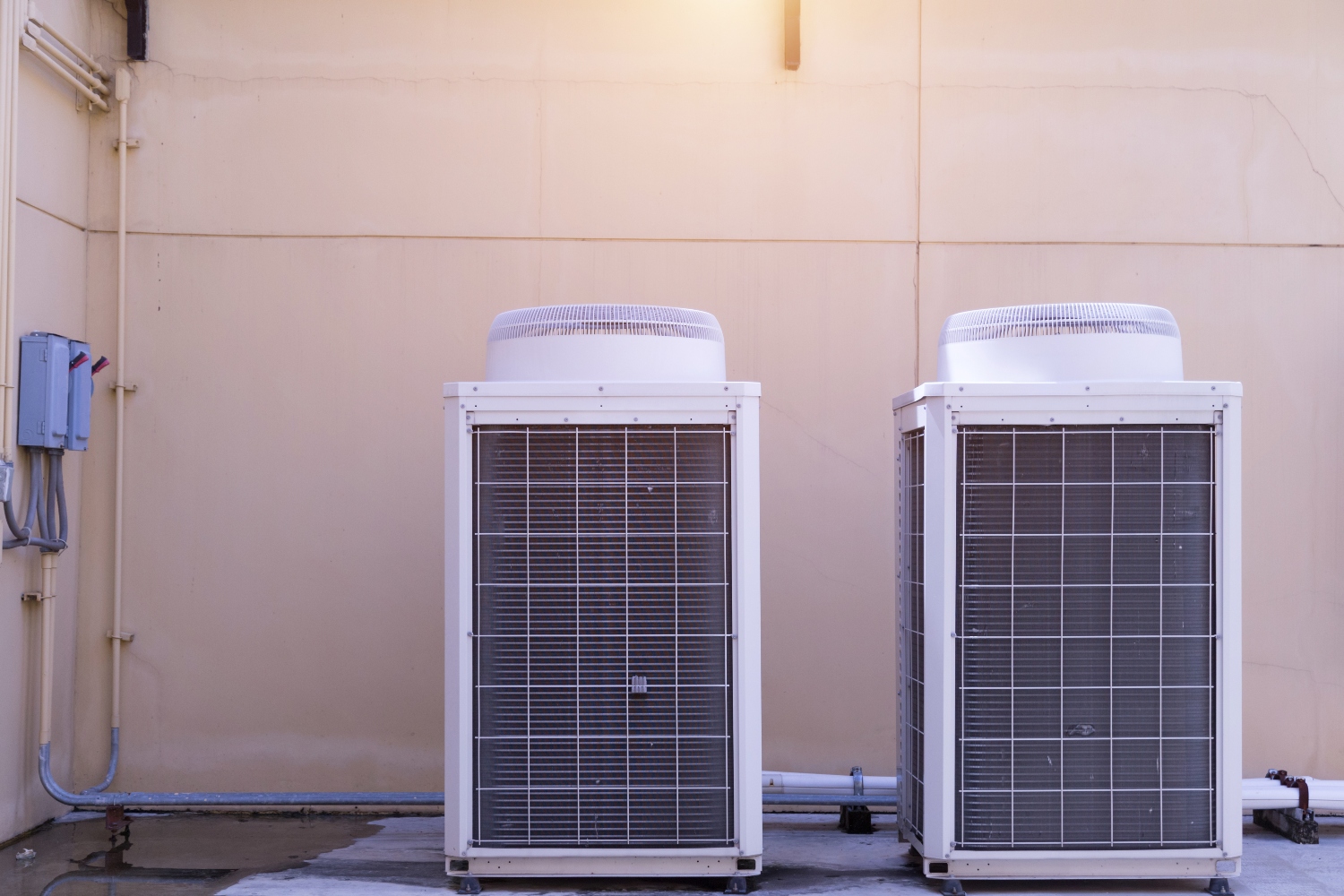
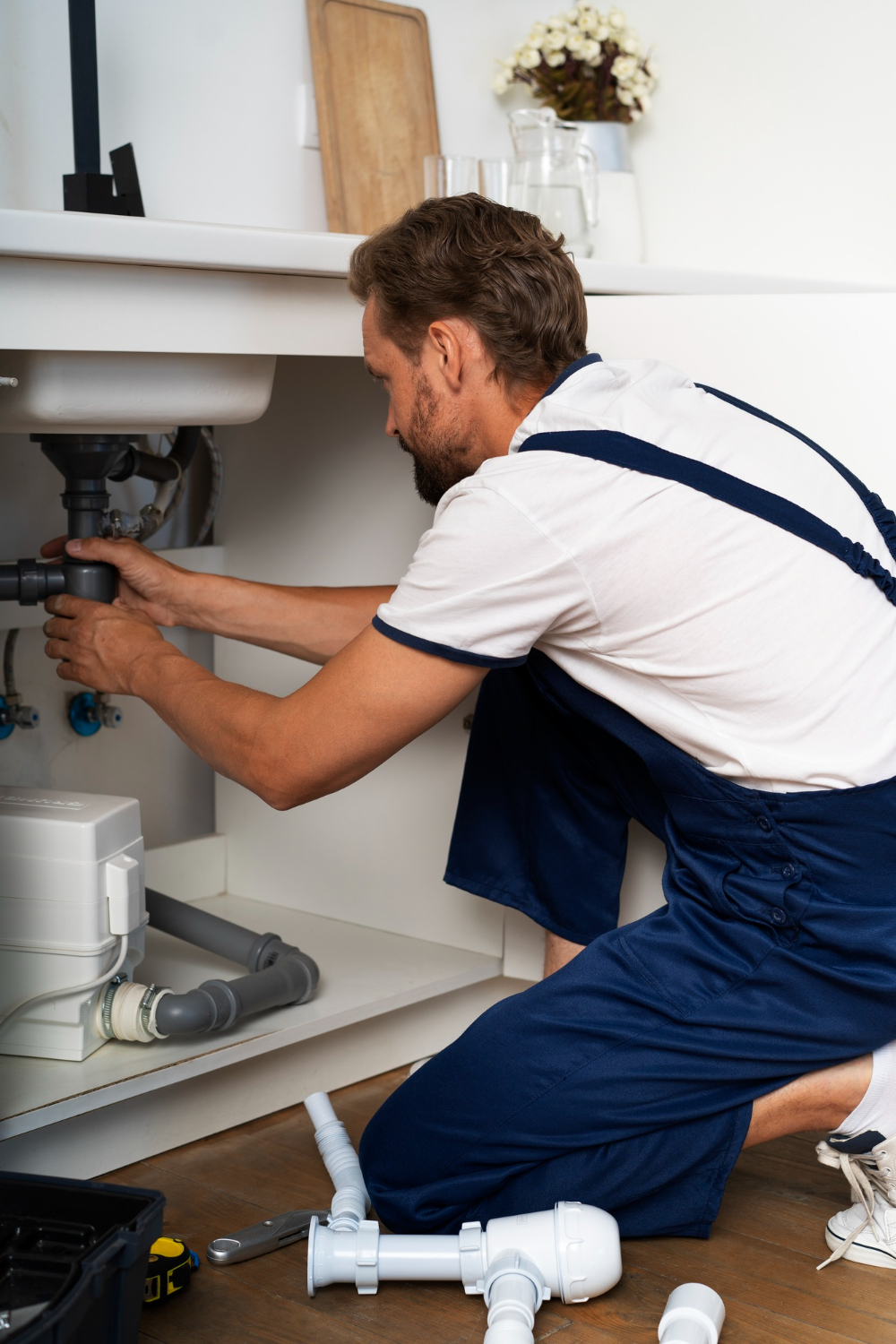
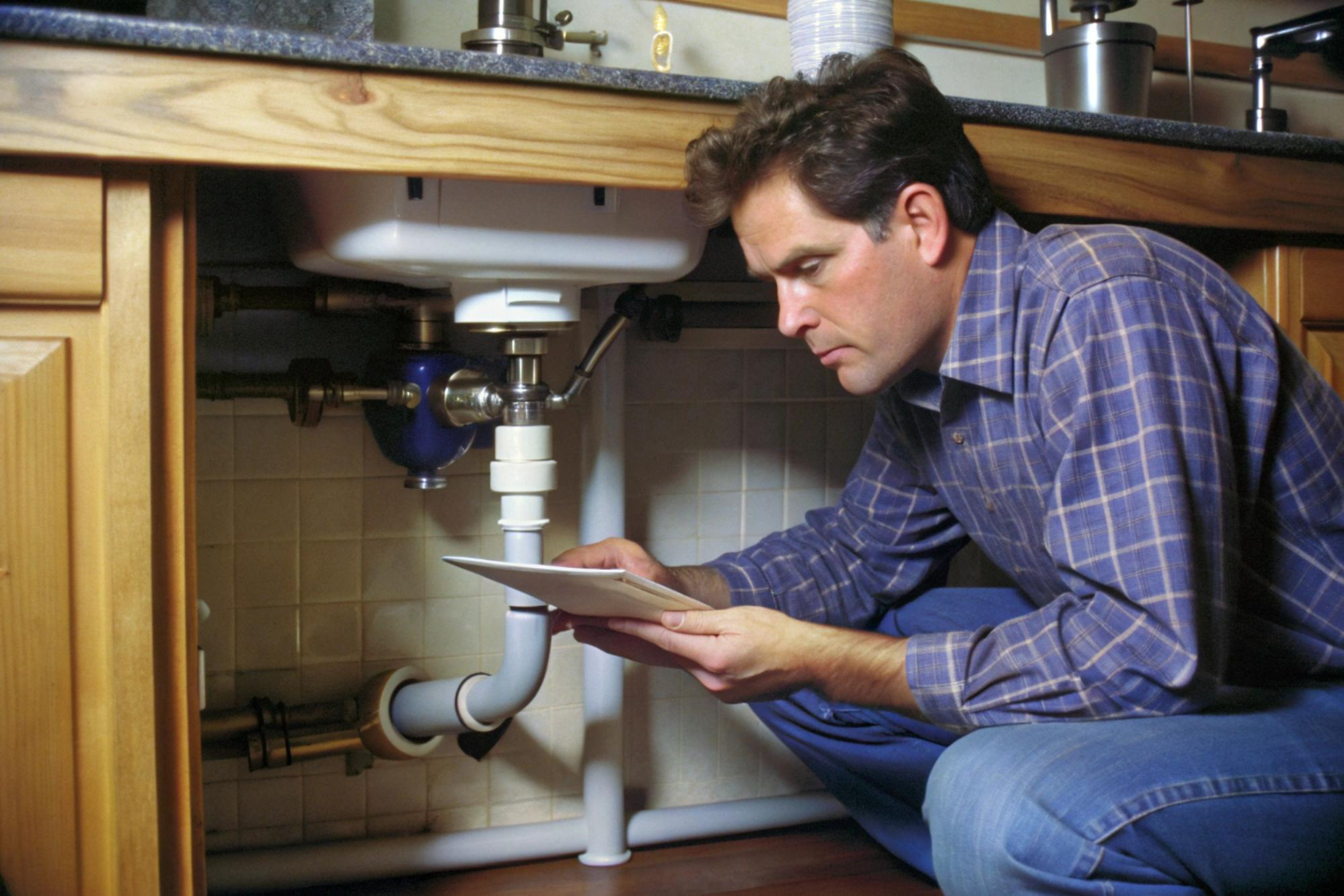
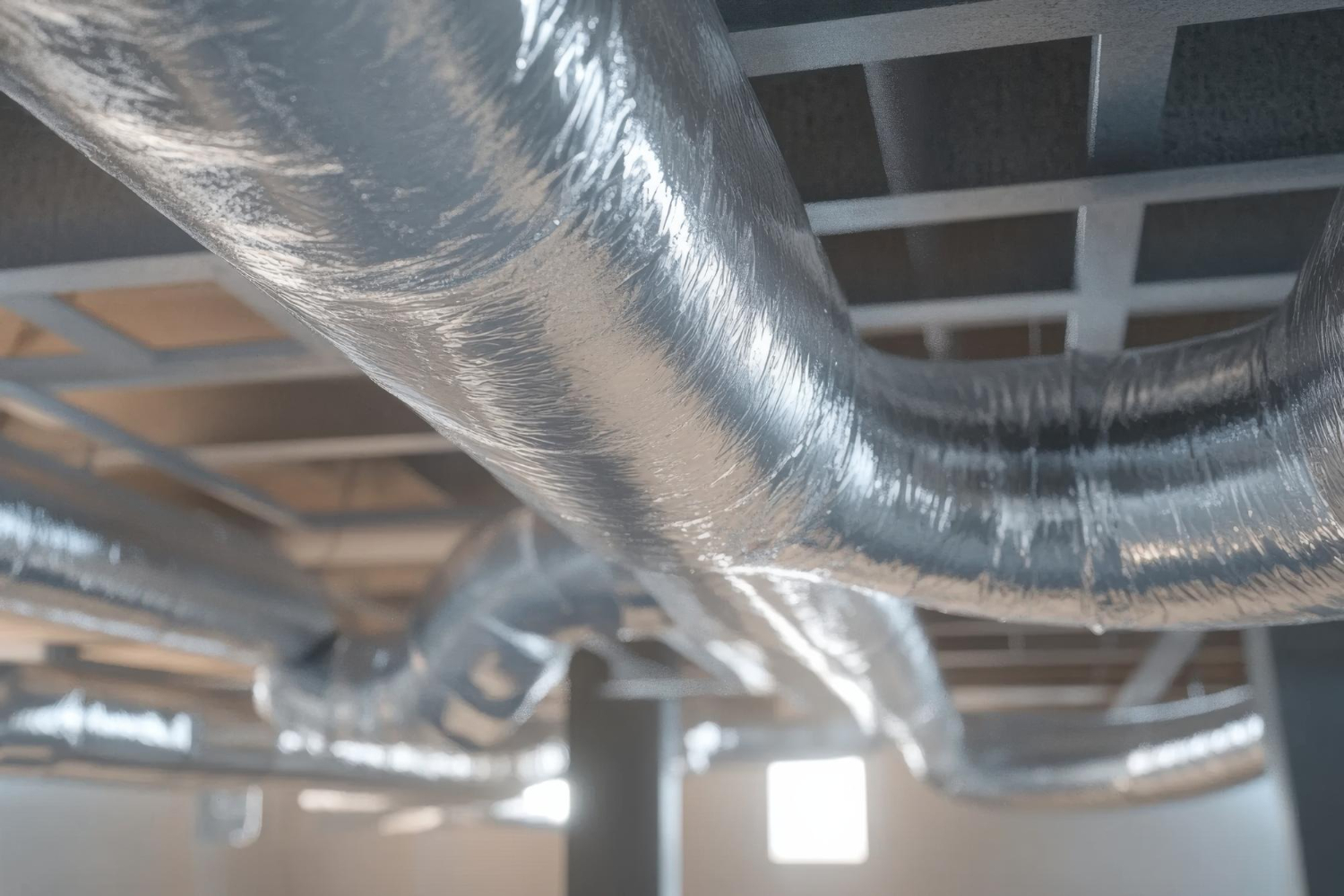
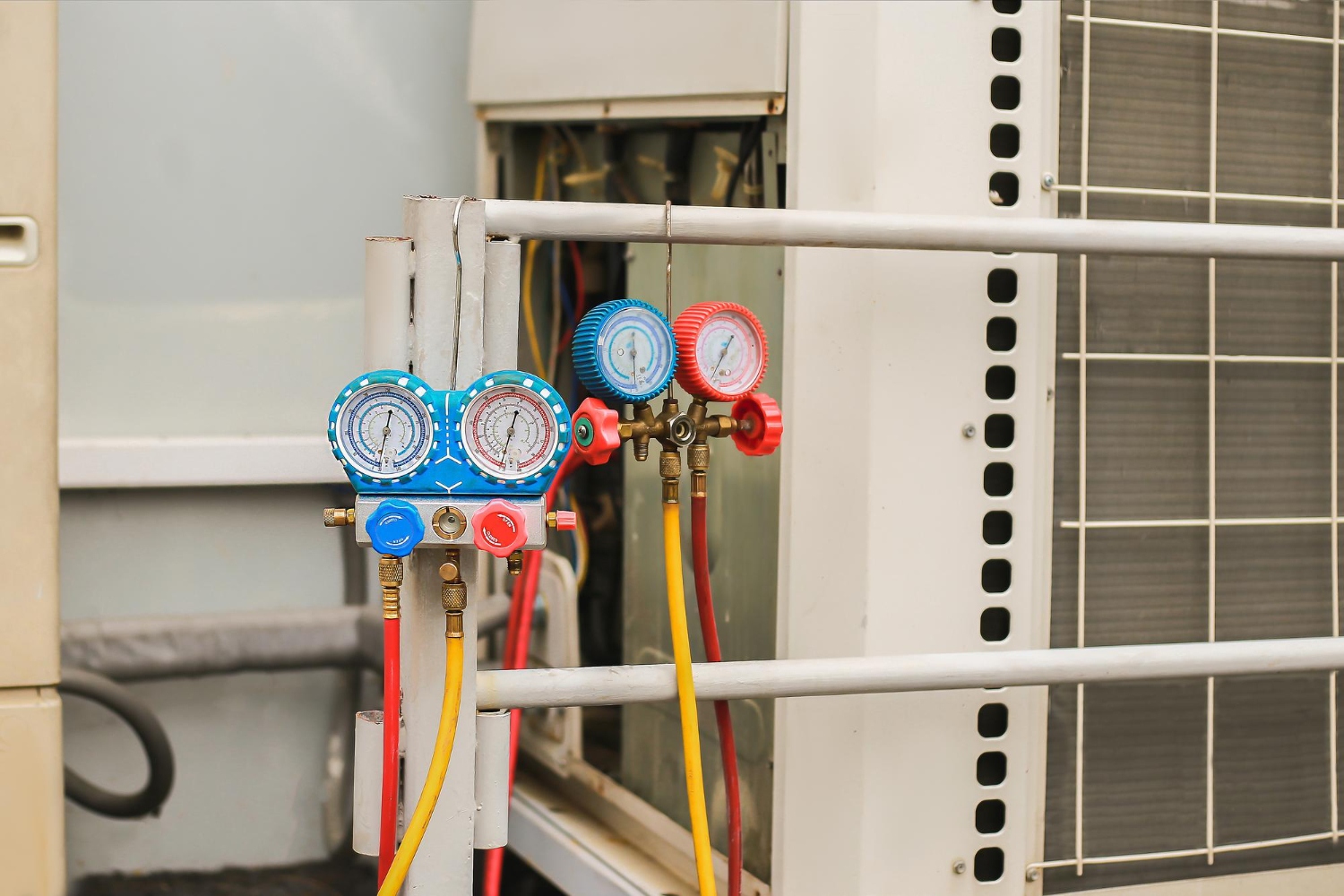
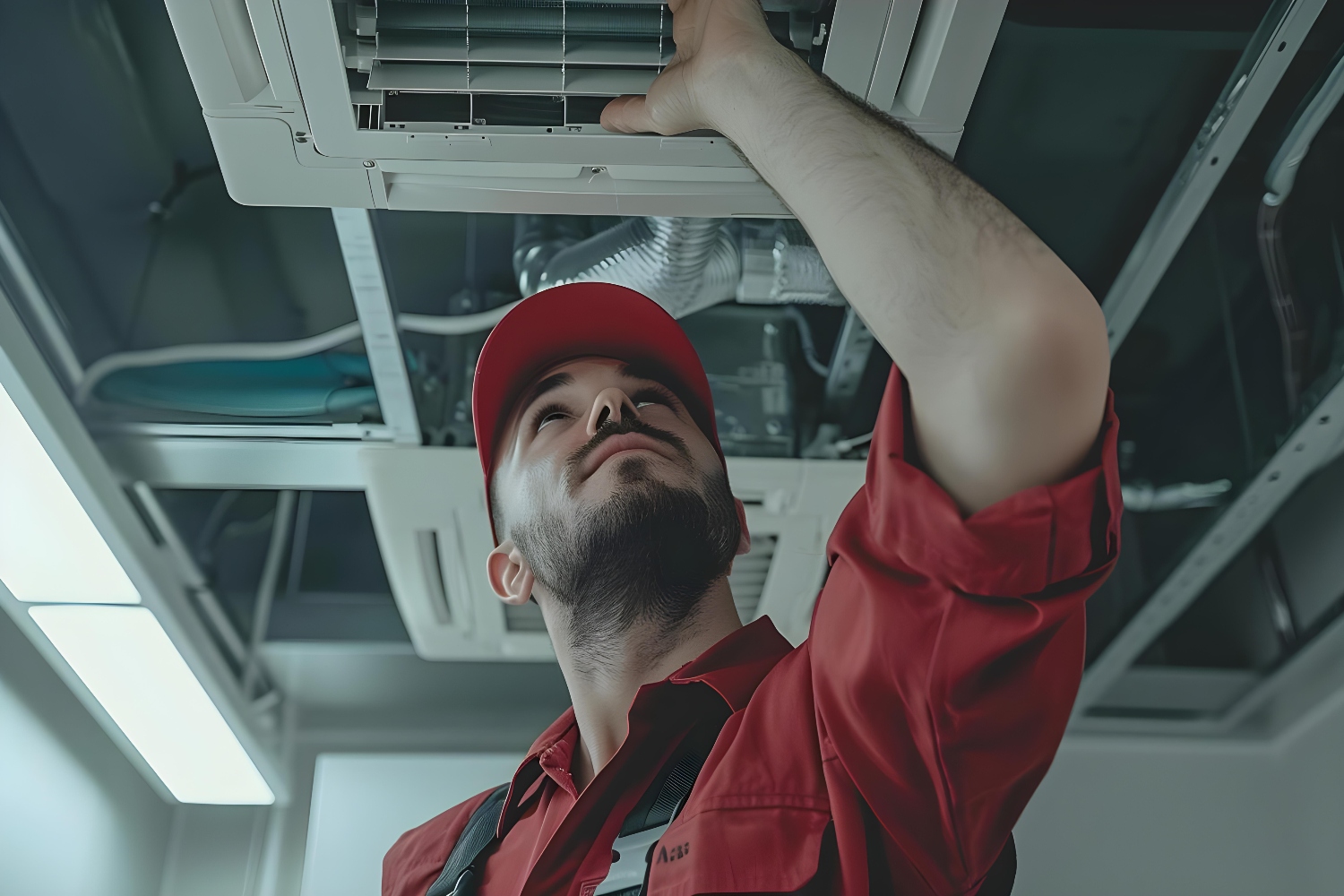
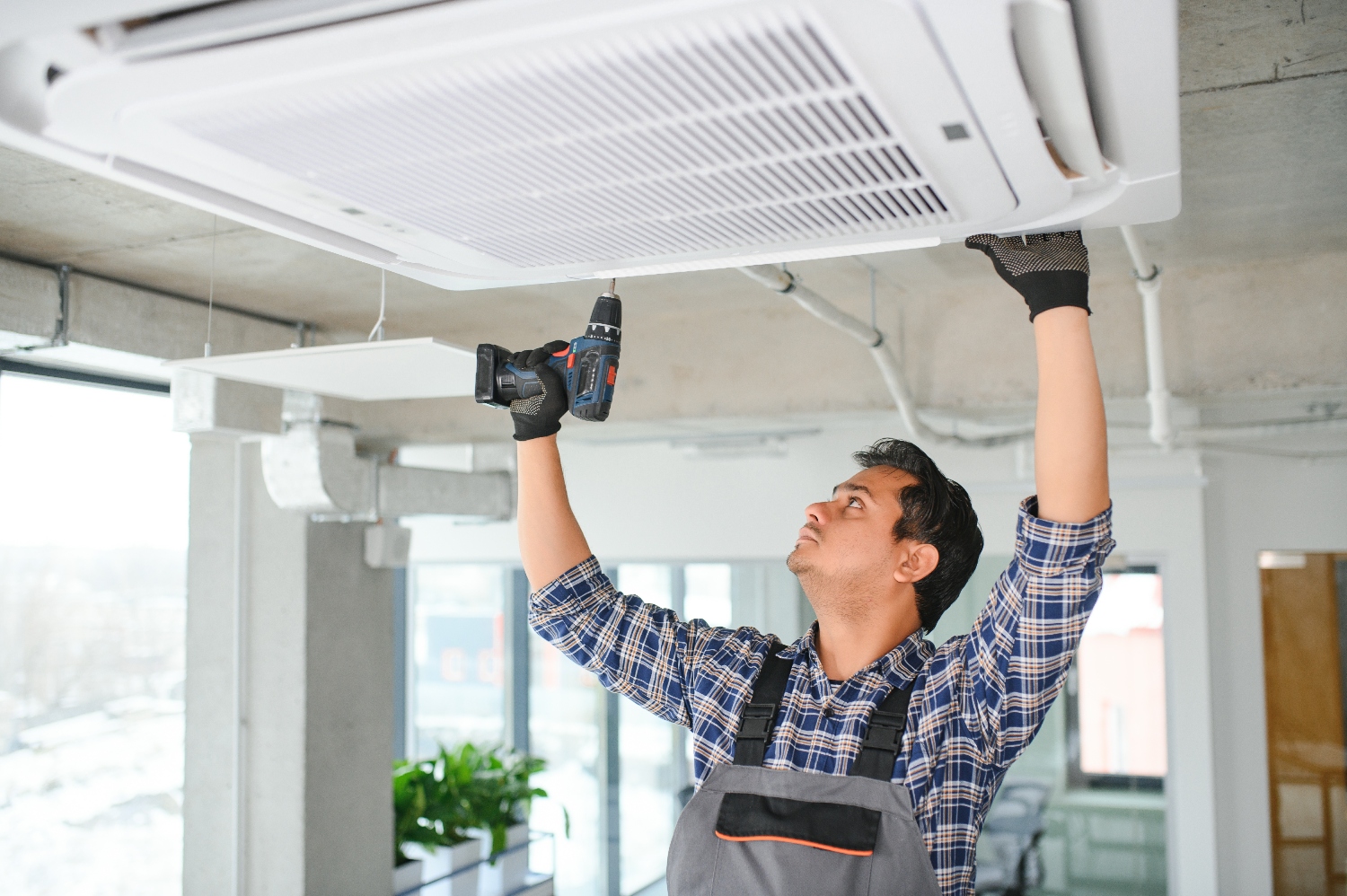
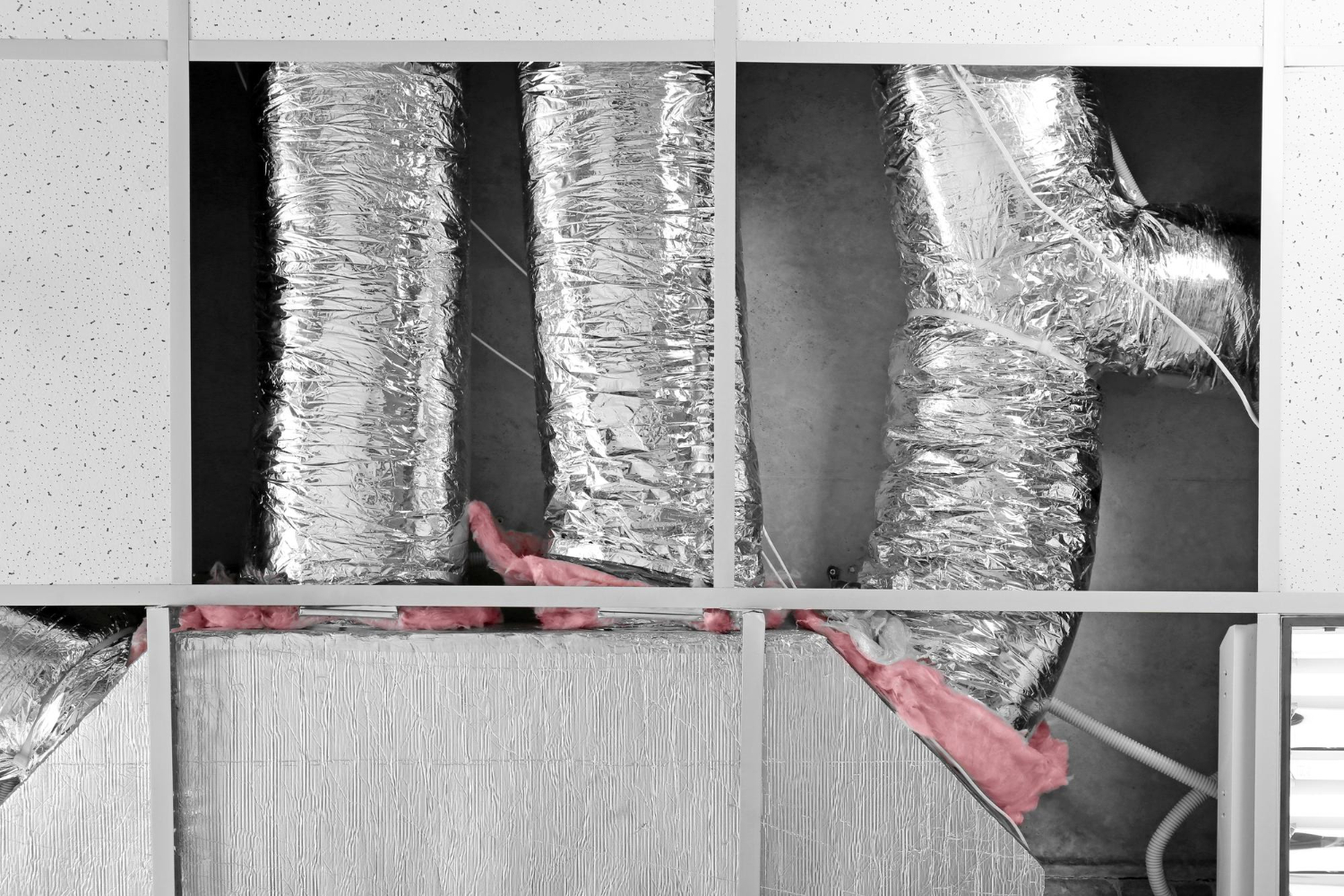




























































.jpg)
.jpg)

.jpg)
.jpg)




















